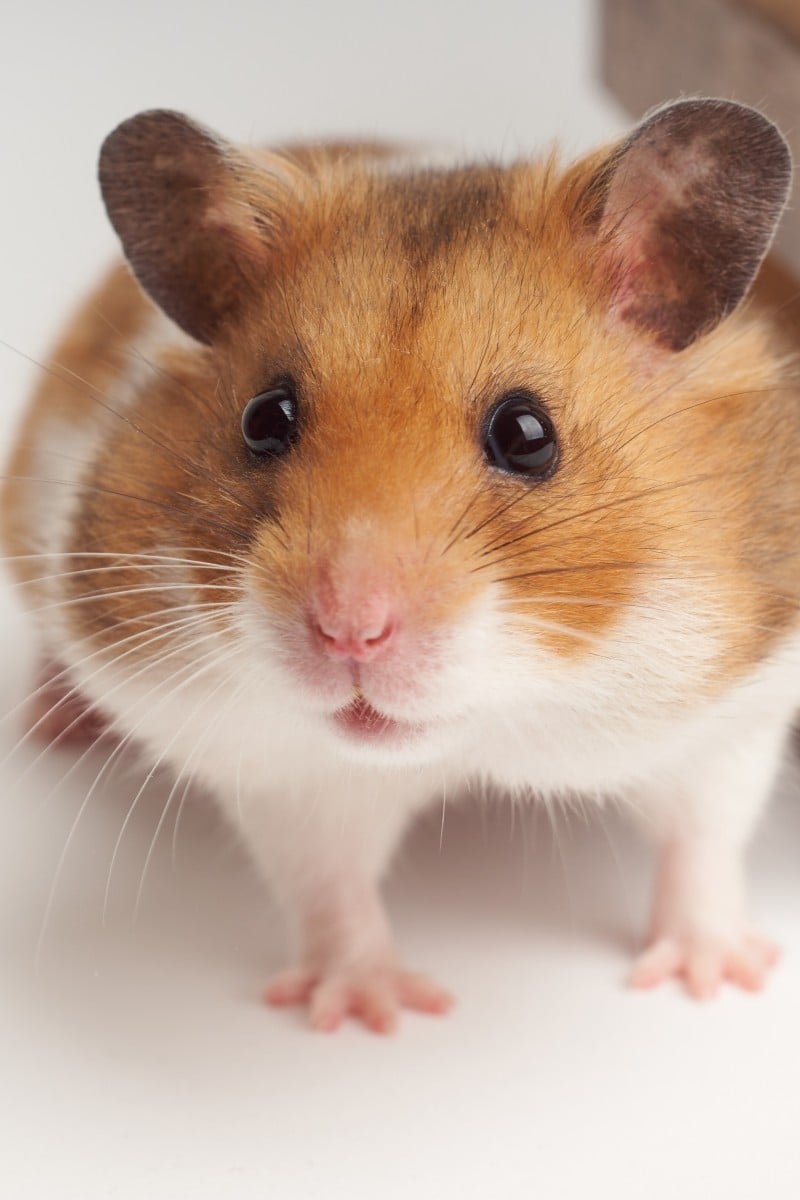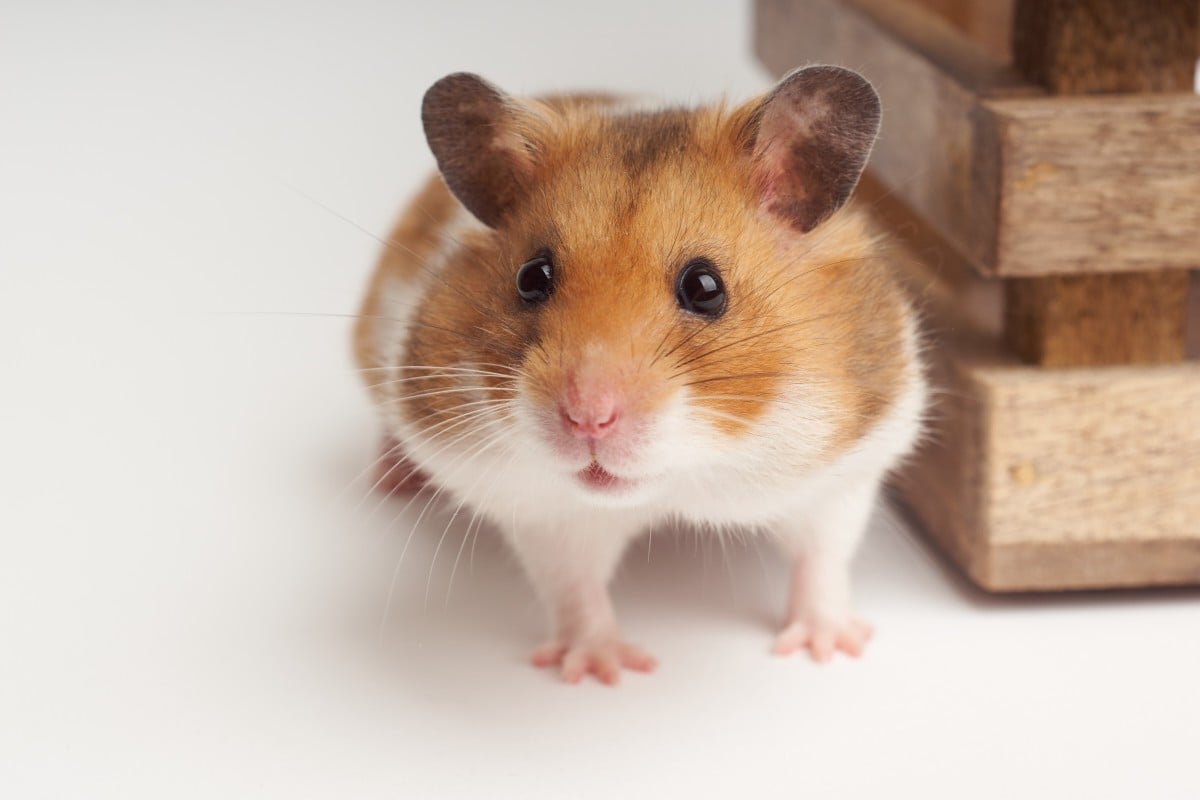
- Why is Hammy stuffing his cheeks? It’s just an instinct!
- A vet shares insight on how to understand when your pint-sized furry companion is content, scared or sleepy
 Look at that fuzzy little face!
Look at that fuzzy little face!Have you ever looked at your pet and thought, “Just what is going on in that brain of yours?” Well, Young Post has been getting the pawriffic low-down from vets and other animal experts to help you interpret your furry friend’s behaviour and what it could be thinking.
This week, we find out what our furry pint-sized companions are thinking while they’re running in their wheels or stuffing their fluffy cheeks with sunflower seeds.
Strange sounds your guinea pig makes and what they mean
Stuffing their cheeks
Storing food and supplies quickly is a natural instinct for hamsters. In the wild, they forage for food and bedding material, which they stuff into their cheek pouches to bring back to their burrows.
Sometimes, they stuff both cheeks, and other times, they only store food on one side.
Pet hamsters do the same – some will hoard and then hide their food stashes in a special corner of the cage. Talk about saving for a rainy day!
Nom nom nom.
Quickly emptying food from cheek pouches
Hamsters may quickly empty their cheek pouches if they find themselves in danger. In the wild, offloading the excess weight means they can make their way to safety much more quickly. Pet hamsters might do this when they are startled – for example, if someone approaches them suddenly.
What your cat is trying to tell you
Stretching legs
This shows hammy feels secure and relaxed in its environment. Your pocket-sized fluff ball is enjoying life!
Freezing in place
When a hamster suddenly stops what it is doing, this most likely means it has detected a potential threat and is feeling frightened. It is a good idea to provide some hiding places in your hamster’s cage, so it can go to its safe place. If not, you might just see it play dead.
SAY WHAT NOW?
Burrowing in bedding
Hamsters burrow to hide and stay safe when they are asleep. This behaviour is common when fresh bedding is put inside their cages. If the bedding is deep enough, you’ll probably find your hamster has created tunnels and covered areas for its food stashes.
But if it is burrowing and hiding at night when these nocturnal creatures are supposed to be awake, it may be a sign of stress. This can happen if another pet is constantly watching your hamster.
Standing on hind legs
Happy and inquisitive hamsters will stand on their hind legs with their front paws relaxed if they detect an interesting smell or sound nearby. Standing on their hind legs also allows them to more easily pick up scents.
A guide to tell what your dog is thinking
Chattering teeth
Hamsters usually grind their teeth when they feel irritated or just need some space. It can also be a warning that they are about to bite, so it is best to keep your fingers away.
Male hamsters also chatter to warn other hamsters to stay away from their territory. It is considered an aggressive warning, and if the advancing hamster does not heed it, a fight is likely to break out. If this happens, quickly move one hamster into another cage. Wear thick gloves when you separate them to avoid getting bitten or scratched.
I feel like I'm just going in circles ...
Creeping along the sides of a cage
Just as we humans all have our favourite home routines, hamsters have their own too. This may be the safest path in the cage.
But if you have recently made changes to your hammy’s environment, it is probably walking along the sides of its cage because it is unsure of its surroundings and is familiarising itself with the new tunnel or toy you have just added.
Answers provided by Dr Kris Koh, veterinary surgeon at Vet Affinity in Singapore.
